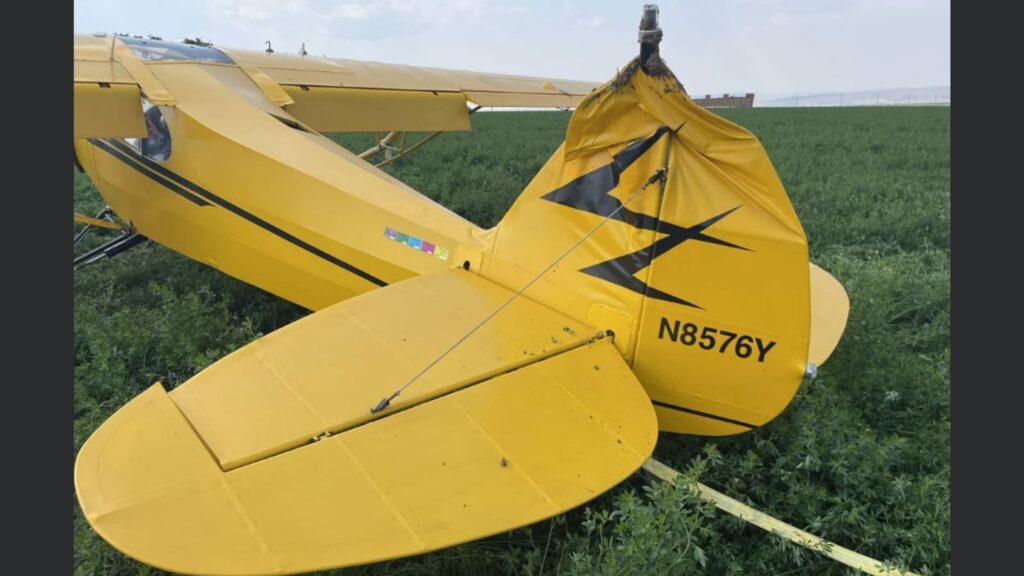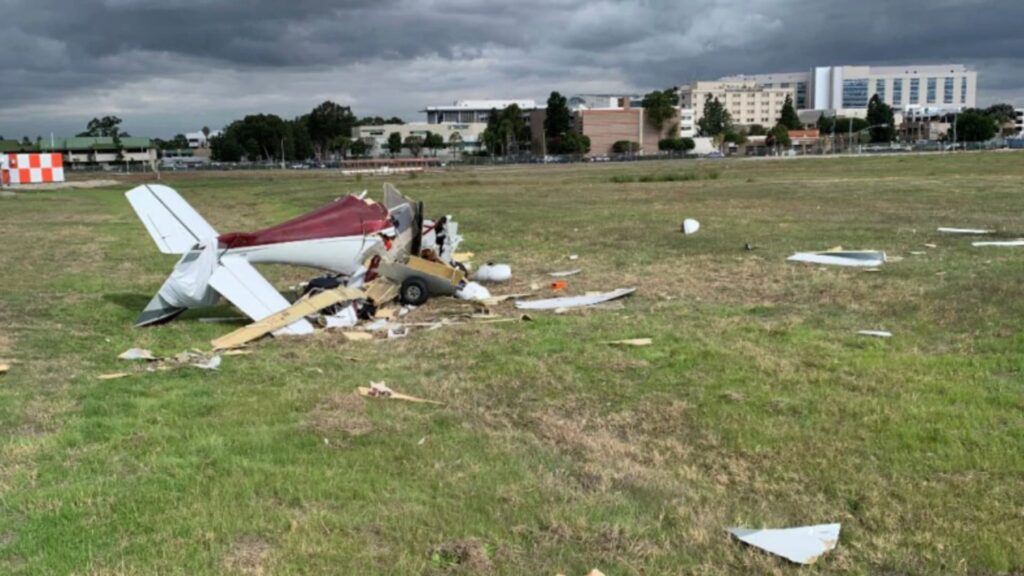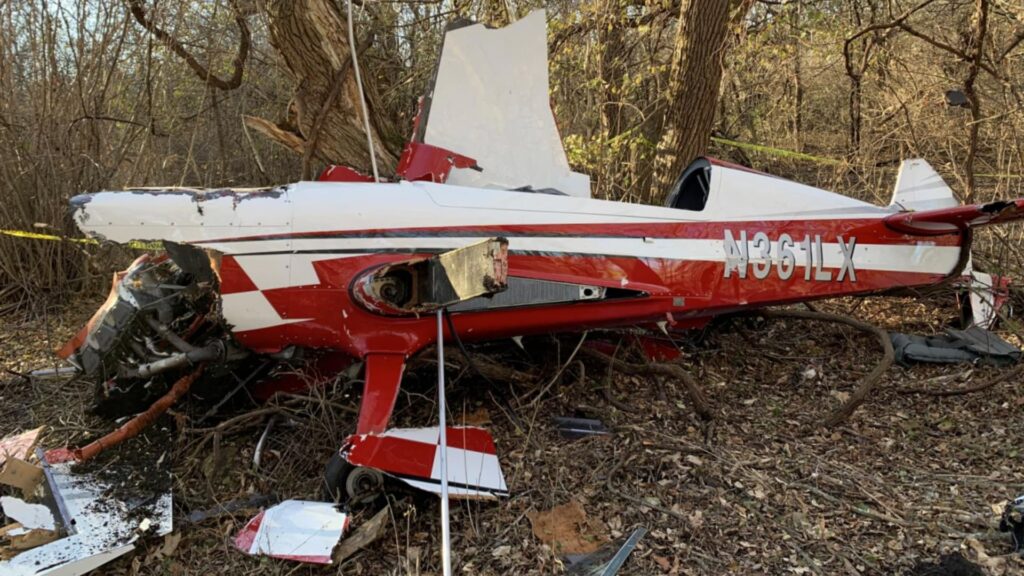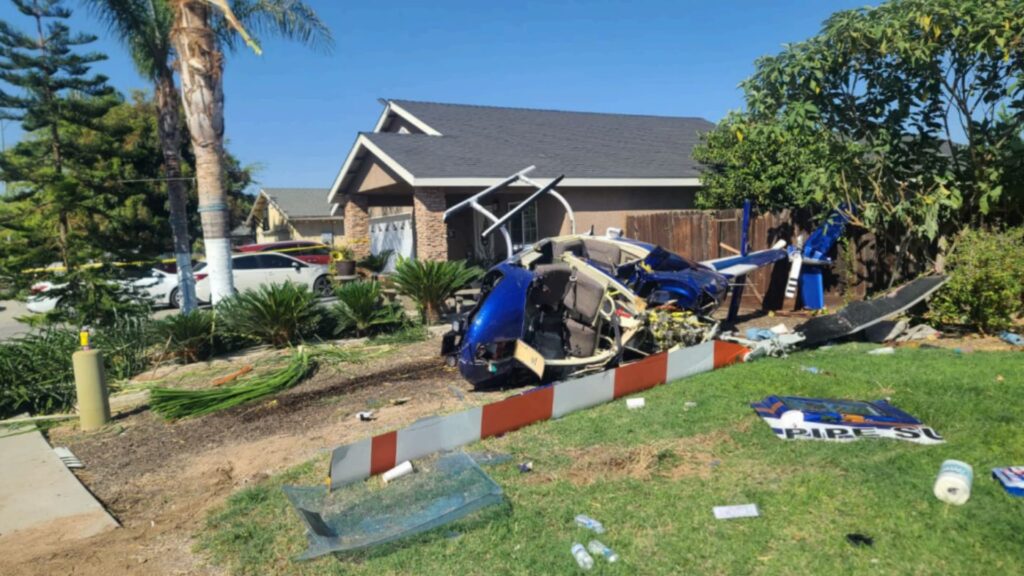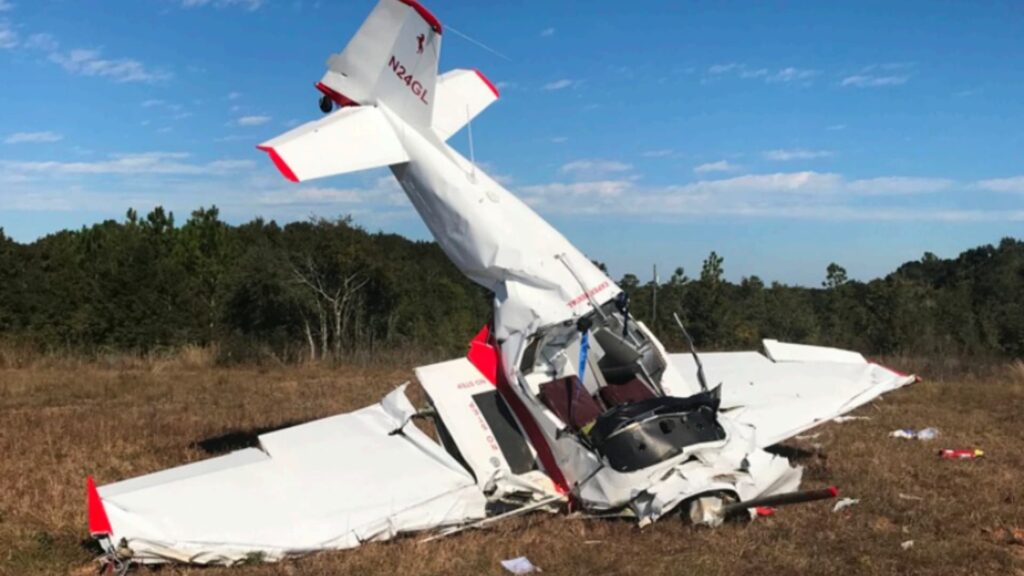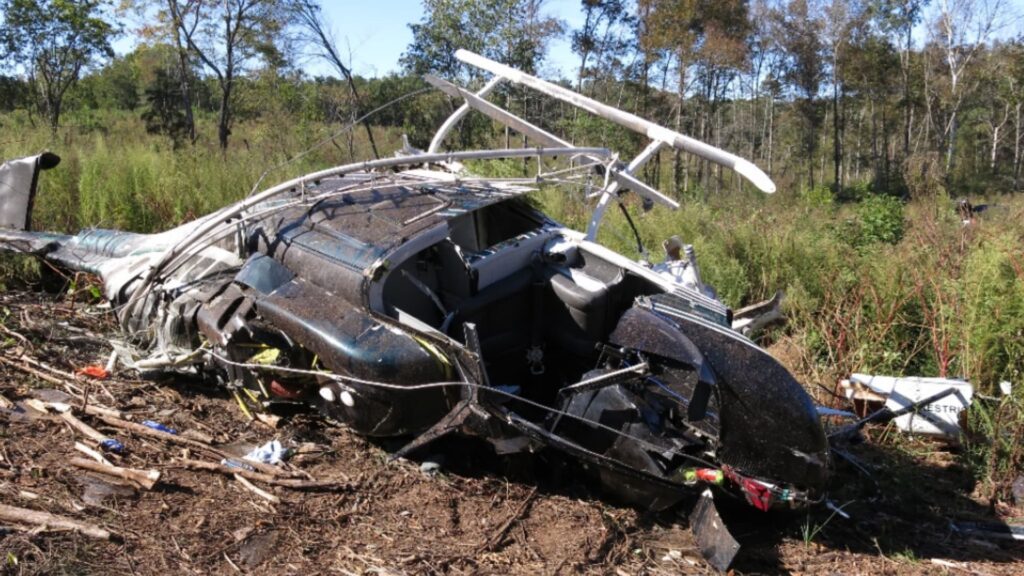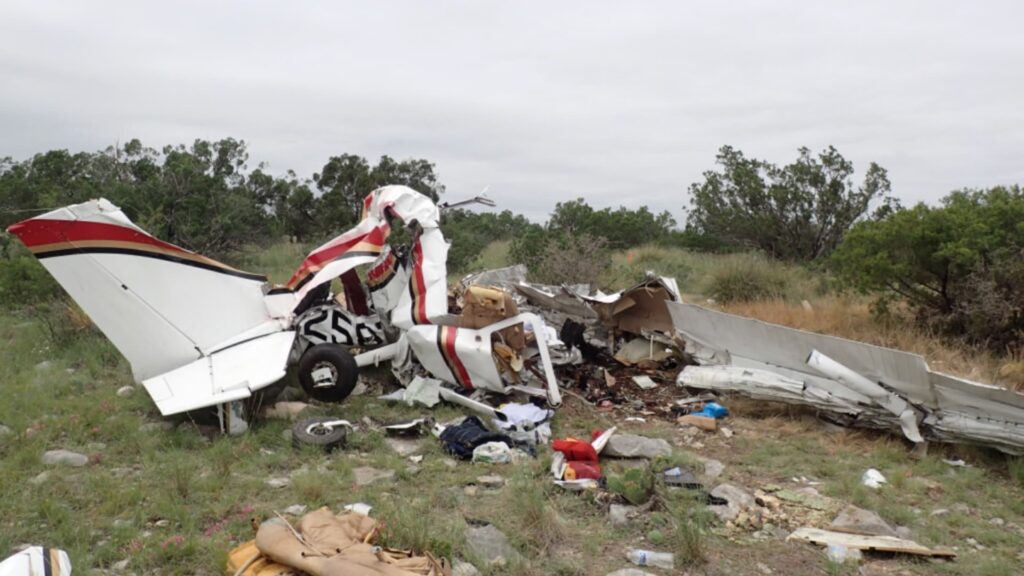On a calm August morning in the skies over Manhattan, Montana, what started as a routine instructional flight in a classic taildragger quickly turned into a harrowing emergency. The culprit? A sneaky and too-often underestimated threat: carburetor icing. While the event ended without injury, the incident is a textbook reminder of how even clear skies and familiar terrain can’t always keep trouble at bay.
A Lesson in Progress
It was August 11, 2024, around 10:30 a.m., and a Piper PA-18-150 Super Cub—tail number N8576Y—lifted off under visual conditions. In the back seat was a 29-year-old flight instructor with a commercial certificate and 544 total flight hours under his belt, including 293 hours in the Super Cub. Up front, a 21-year-old private pilot was building time and skill, with 220 total hours but just five in this specific aircraft.
Their flight was conducted under Part 91 for instructional purposes, and the day promised perfect visibility, no cloud ceiling, and no turbulence. It should have been a great day to fly.
When Power Slips Away
Shortly after departure, things took a turn. The instructor noticed a troubling drop in engine RPM down to idle. With a quick check of the basics—throttle full forward, adequate fuel in both tanks—he suspected carb ice and pulled the carburetor heat on. It worked—briefly. RPM surged back up, but within 10 seconds, it started fluctuating again.
The instructor toggled the carb heat and tried pumping the throttle, but the surging continued until the engine finally quit altogether. Now facing a total loss of power and unable to restart the engine, the instructor aimed for an agricultural field below.
The emergency landing was successful in that both occupants walked away uninjured. But the Super Cub flipped over during rollout, ending up inverted. The aircraft suffered substantial damage, particularly to the vertical stabilizer.
A Perfect Storm for Ice
On the surface, the weather seemed far from the kind that causes icing worries—clear skies, good visibility, 18°C (64°F) temperature, and a dew point of 11°C (52°F). But when plotted on a carburetor icing probability graph, these conditions hit the danger zone for carb ice at glide power settings.
And that’s the kicker: carburetor icing can occur even on what seems like a warm, sunny day. Many pilots mistakenly think it’s only a concern in cold, damp weather, but the science doesn’t care about perception.
After the incident, the engine ran normally on the ground—no mechanical issues, no signs of pre-existing failure. The cause was clear: carburetor ice had choked the engine out.
The engine ran normally on the ground after the airplane was returned to its upright position
following the accident.
What the Data Tells Us
According to the NTSB, carburetor icing was involved in about 250 accidents between 2000 and 2011, and still contributes to around two fatal accidents per year. This type of icing is particularly insidious because it can go unnoticed until it’s too late, and recovery requires immediate and correct use of carb heat.
In this case, the instructor applied carb heat correctly, but it may have been too late or intermittent use may not have been enough to fully clear the ice. Continuous application at the first sign of roughness or RPM drop is often necessary to prevent a full power loss.
The Human Element
It’s important to note that both pilots on board were certified, experienced (for their levels), and medically qualified. The instructor had recently passed a flight review and held a Class 1 medical certificate, while the student had a valid Class 3.
Their quick thinking during the emergency undoubtedly helped avoid injuries. Choosing a suitable field and executing a controlled off-airport landing is no small feat, especially when flying a tailwheel aircraft that’s less forgiving during landings.
Lessons Learned
This accident is a valuable case study, particularly for instructors and students flying older, carbureted engines:
- Know the risks: Carb icing can happen in warmer weather and is more likely at partial power settings, like during descent or taxi.
- Use carb heat early and often: At the first sign of power loss or engine roughness, apply full carb heat and be prepared to leave it on until the ice is gone.
- Understand your aircraft: Familiarity with how your engine responds to carb icing is crucial. Not all aircraft behave the same, and not all pilots experience carb icing the same way.
- Preflight with awareness: Consider conditions before takeoff. Carb icing is more about humidity and temperature spread than temperature alone.
- Practice emergency procedures: Knowing how to set up and execute an off-field landing can make all the difference if the worst happens.

